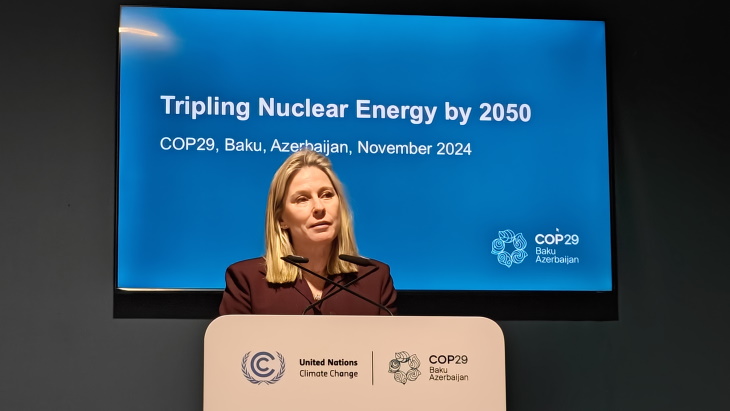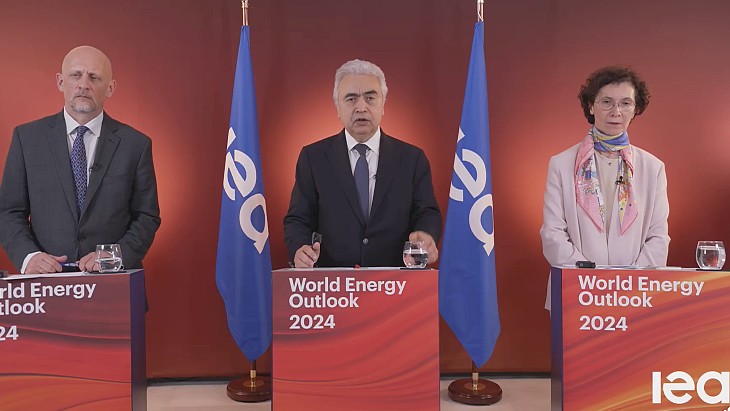US projects to look at nuclear role in carbon capture
.jpg)
GE announced on 29 August that a pre-feasibility assessment to establish a direct air capture (DAC) regional hub near Houston, Texas, to remove up to one million tonnes of CO2 per year, led by Niskayuna, New York-based GE Vernova, has been selected as one of the awardees. Part of the proposed study will look at the feasibility of a novel DAC system design that integrates GE Hitachi's BWRX-300 small modular reactor and renewable electricity to enable the gas to be captured from ambient air and stored underground or used as a value-added product such as a feedstock for sustainable aviation fuels. The DOE has allocated USD2.554 million to the project, alongside non-DOE funding of USD762,827, giving a total value of just over USD3.3 million.
A separate project, the Midwest Nuclear DAC Hub, will see Northwestern University of Evanston, Illinois testing the feasibility of deploying at-scale novel DAC solutions by developing a DAC hub powered by nuclear energy. The Midwest is the second largest regional emitter of carbon dioxide in the USA, and is home to both heavy-emitting industries and a rich ecosystem of innovation and research, DOE notes. Centring the study around nuclear power "ensures that a reliable low-carbon energy source (and the opportunity for heat integration) will be used for technology development", DOE said in its announcement of the award, for which it has allocated USD3 million, with non-DOE funding of USD927,910 for a total value of some USD3.9 million.
GE Vernova is aiming to deploy a commercially scalable DAC solution by the end of the decade. In March, GE announced the successful demonstration of a scalable prototype DAC system at its Niskayuna research facility. The company is also a DAC technology provider for two other projects included in the DOE announcement, which will be led by the University of Illinois, and executed in Colorado and Florida.
Of the Houston Area DAC Hub project, Matt Guyette, director, Advanced Research at GE Vernova, said: "Our pre-feasibility study proposes to draw upon our full suite of energy generation assets and capabilities in ways only GE Vernova can, including carbon-free nuclear and renewable electricity, to create what we believe will be a cost-effective solution for removing millions of tons of CO2 from the atmosphere."
All awardees will now enter negotiations with the DOE to finalise the terms and scope of their respective studies.
The award negotiations are part of the first round of funding under the Regional DAC Hubs programme under the US Bipartisan Infrastructure Law, which DOE says aims to kickstart a nationwide network of large-scale carbon removal sites to address legacy carbon dioxide pollution and complement rapid emissions reductions. The DOE on 11 August announced up to USD1.2 billion of funding to advance the development of two commercial-scale DAC facilities in Texas and Louisiana, in what it says will be the world's largest investment in engineered carbon removal to date.

_99697.jpg)








_50521.jpg)

